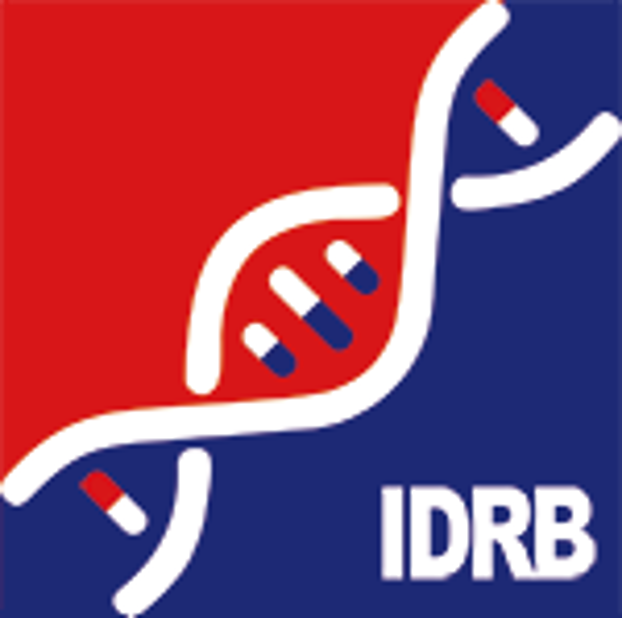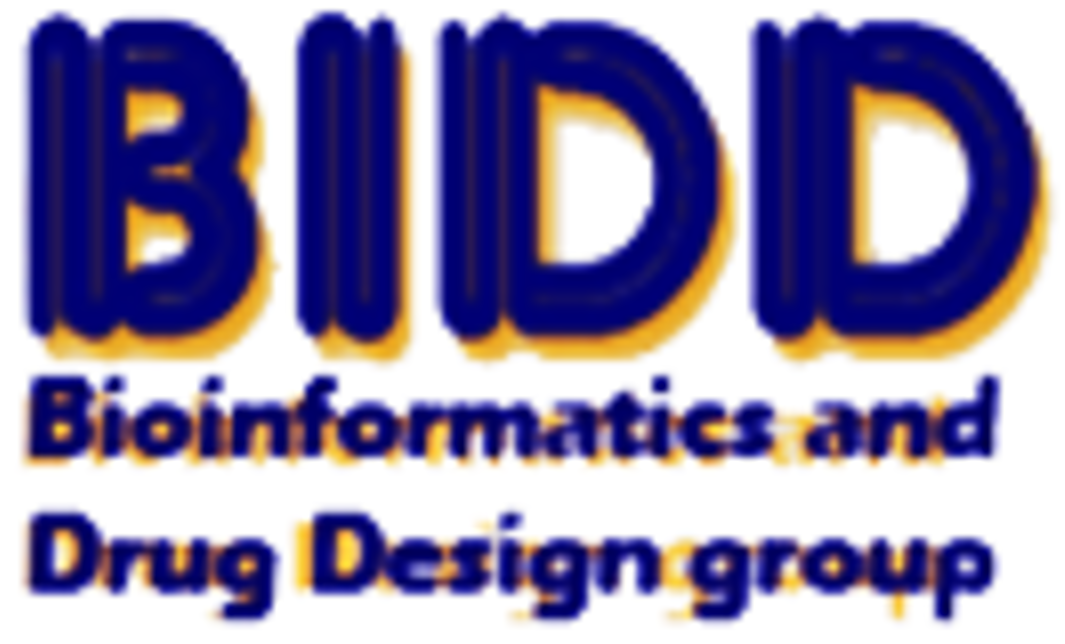| References |
Top |
| REF 1 |
Architecture of the human interactome defines protein communities and disease networks. Nature. 2017 May 25;545(7655):505-509.
|
| REF 2 |
The BioPlex Network: A Systematic Exploration of the Human Interactome. Cell. 2015 Jul 16;162(2):425-440.
|
| REF 3 |
Lymphotoxin-beta receptor signaling complex: role of tumor necrosis factor receptor-associated factor 3 recruitment in cell death and activation of nuclear factor kappaB. Proc Natl Acad Sci U S A. 1997 Mar 18;94(6):2460-5.
|
| REF 4 |
Allosteric regulation of the ubiquitin:NIK and ubiquitin:TRAF3 E3 ligases by the lymphotoxin-beta receptor. J Biol Chem. 2010 May 28;285(22):17148-55.
|
| REF 5 |
Dominant negative mutants of TRAF3 reveal an important role for the coiled coil domains in cell death signaling by the lymphotoxin-beta receptor. J Biol Chem. 1997 Dec 5;272(49):30835-40.
|
| REF 6 |
Herpesvirus entry mediator, a member of the tumor necrosis factor receptor (TNFR) family, interacts with members of the TNFR-associated factor family and activates the transcription factors NF-kappaB and AP-1. J Biol Chem. 1997 May 30;272(22):14029-32.
|
| REF 7 |
The Epstein-Barr virus transforming protein LMP1 engages signaling proteins for the tumor necrosis factor receptor family. Cell. 1995 Feb 10;80(3):389-99.
|
| REF 8 |
Structurally distinct recognition motifs in lymphotoxin-beta receptor and CD40 for tumor necrosis factor receptor-associated factor (TRAF)-mediated signaling. J Biol Chem. 2003 Dec 12;278(50):50523-9.
|
| REF 9 |
The MYND domain-containing protein BRAM1 inhibits lymphotoxin beta receptor-mediated signaling through affecting receptor oligomerization. Cell Signal. 2011 Jan;23(1):80-8.
|

